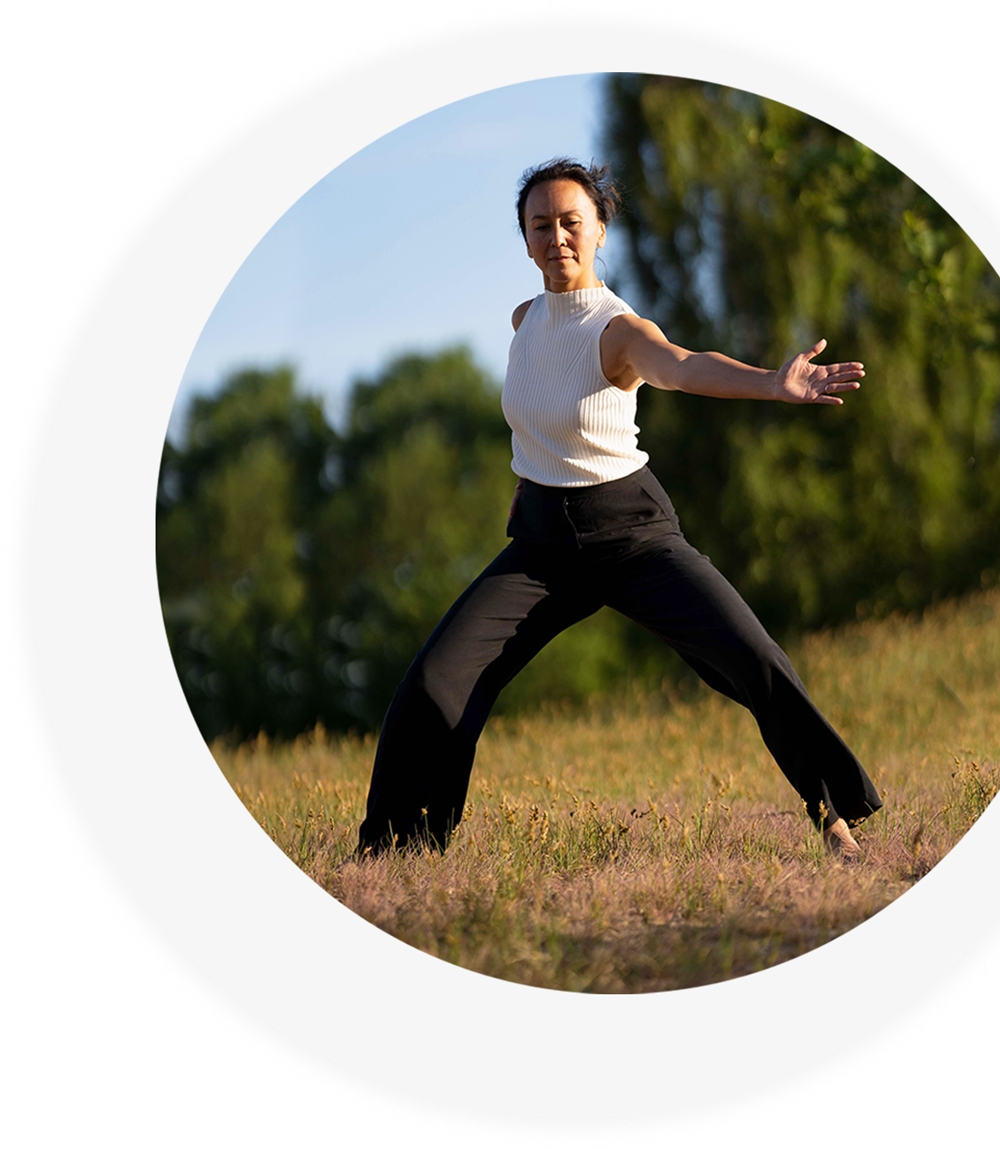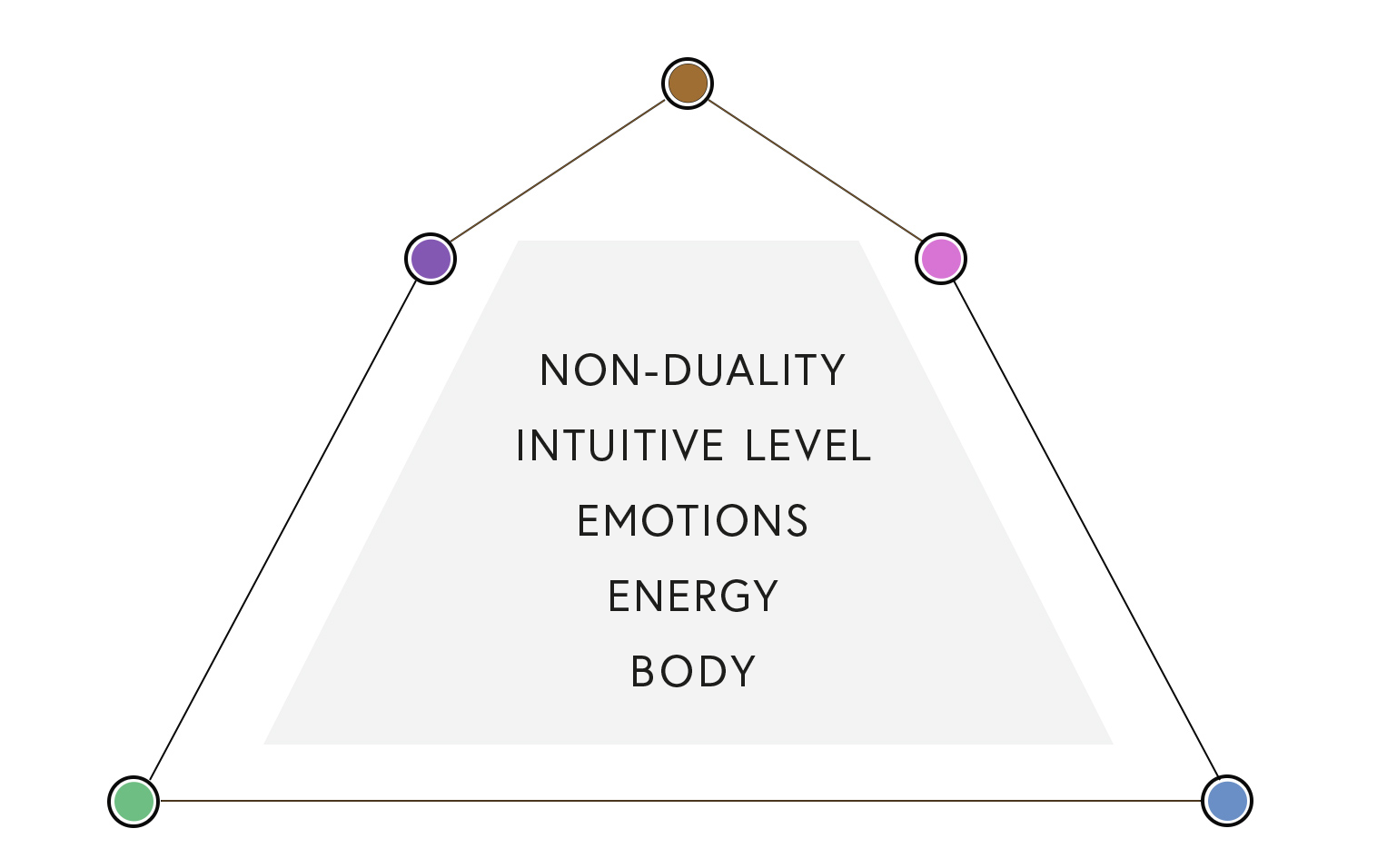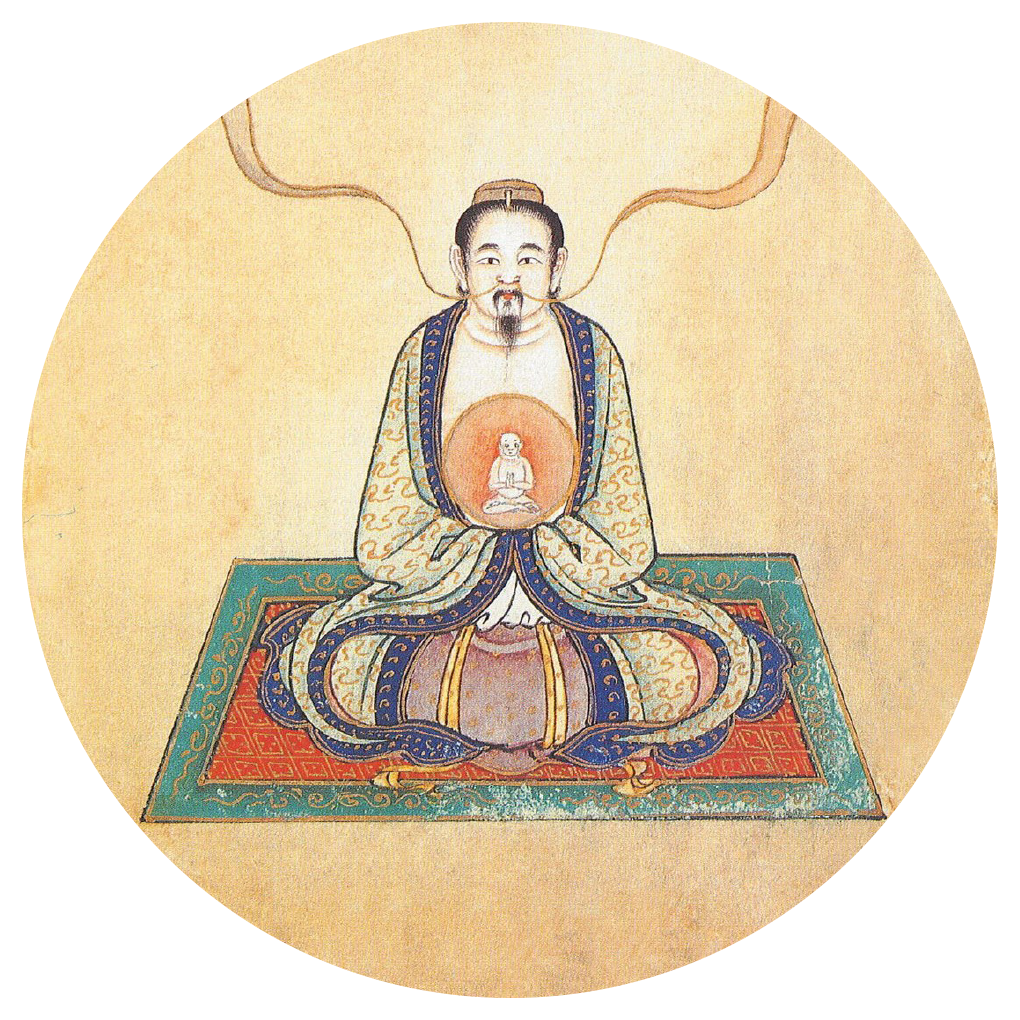TAOISM
Taoism is one of the great wisdom traditions of the world.
It is a practical path of inner development that combines healing arts, meditation, wisdom, Qigong, Taiji, Chinese medicine, and philosophy.
Strengthening and healing the body play a central role in this.
Key Taoist practices such as movements, inner strength development, and meditation are often taught today under the umbrella term "Qigong."
The common foundation is the philosophy of Taoism, which has self-healing, vitality, inner harmony, and spiritual growth as its fundamental goals.
Taoism
TAO AND MYSTIcism
What is being, what is life? All mystical traditions contemplate these questions
and seek to return to the interrelation with all life.
Tao is just another word for this being or life at its core.
QIGONG
Literally translated, Qi means life energy.
The word
Qigong means the Art of cultivating Qi.
Qigong is an ancient Chinese practice that combines gentle movements, breathing techniques, and meditation to cultivate vital energy (Qi) and promote holistic health. It draws from traditional Chinese medicine, Taoist philosophy, and martial arts.
Qigong aims to balance energy flow, enhance well-being, and boost the body's natural healing abilities. It offers various health benefits, including stress reduction, improved circulation, and increased flexibility.
Qigong is accessible to people of all ages and fitness levels and is practiced for its physical, mental, and spiritual benefits.
According to Chinese belief, all living beings, nature, and the entire cosmos are pervaded by Qi, this life force.
In relation to humans, Qi is what distinguishes a living person from a corpse.
It is the energy that we seek to replenish when we go to bed at night, and the energy we sorely miss when we are exhausted or even sick.
When we are active, vital, and creative, we are "full of Qi." If we feel lethargic, tired, or "like an empty bottle," then there is a deficiency of Qi. Qigong is based on three important principles:

1. Breathing guides movement, or movement alters breathing.
As a result, there is an indirect movement and harmonization of Qi.
2. The mind directs Qi.
3. The mind dwells in stillness, and Qi harmonizes and centers itself naturally.
In essence, two types of Qigong can be distinguished:
a. Qigong with movement
b. Qigong without movement
qigong
Tao and Qigong in
practice
Under the term "TAO," Taoists understand the origin of the cosmos and life; that from which everything originates and how reality manifests. The essence of "being," the way, the principle of the universe.
Here's how our holistic approach looks in practice in our seminars and trainings:

Holistic Transformation throughout the 5 Levels of Being
Our teaching always encompasses the 5 Levels of Existence and Healing
(whether it's a weekend seminar, a 4-day module,
a week-long retreat,
or a comprehensive training), namely:

One of the main objectives in our teachings is not just to learn about Tao in a theoretical sense—as something distant—but to experience how Tao becomes "alive," how it is life itself.
In the classes, Qigong and Tao practices are combined with a mystical approach (for health and inner growth) and with Western techniques (for stress reduction, self-care, and reconnection).
Here's how it looks in practice in our seminars and trainings:


